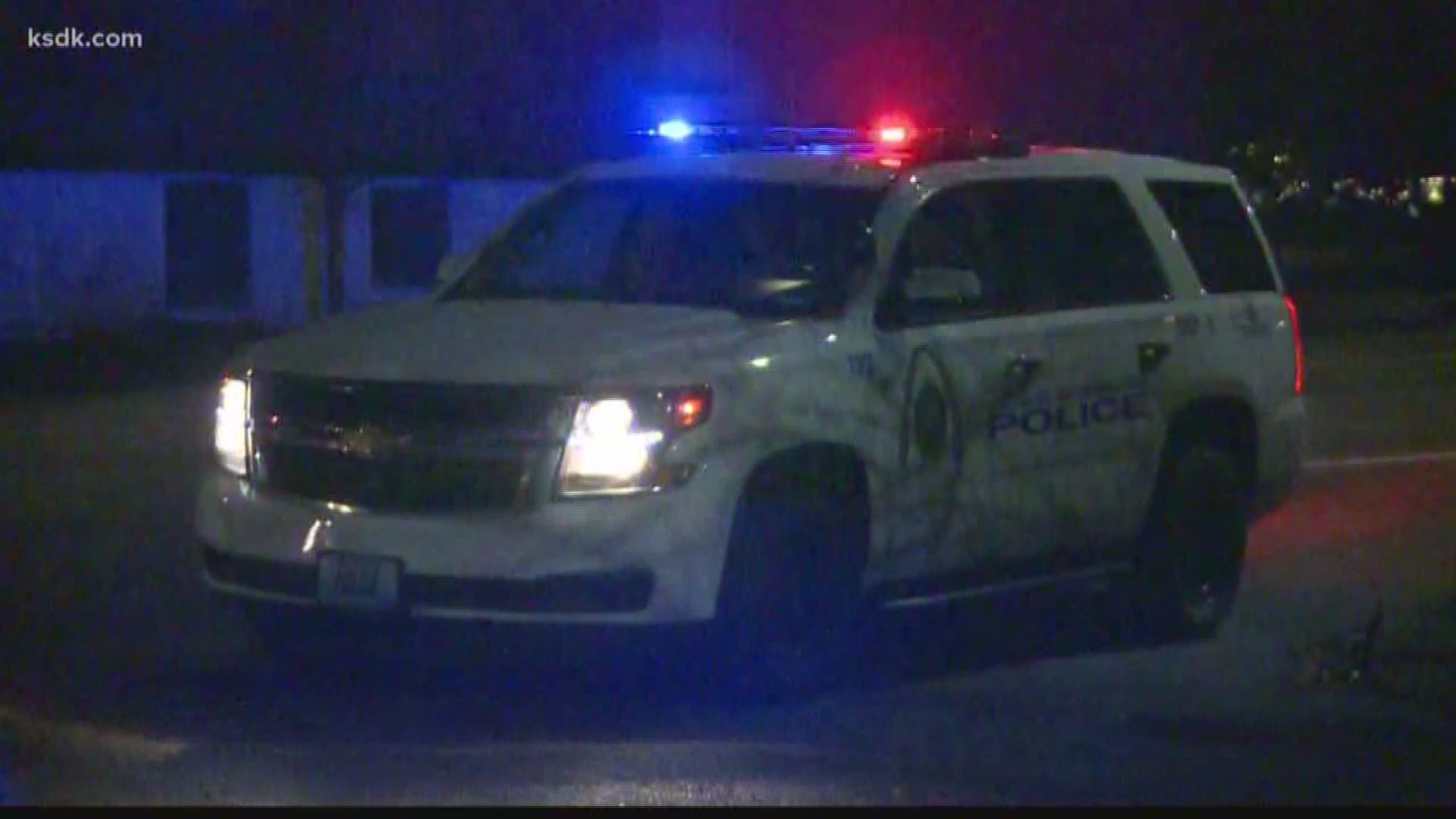ST. LOUIS — It's one of the first things that pops up when you google St. Louis — lists, rankings and articles that name St. Louis one of the most dangerous cities in America.
Merging the city and county won't necessarily make the crime go away, but it could make it look better.
"There’s no question those crime statistics hurt us," said Dr. Rick Rosenfeld, a professor of Criminology at UMSL.
Dr. Rosenfeld doesn't just know a thing or two about crime statistics, he literally wrote the book on it.
Beyond the numbers, his time at UMSL has taught him just how influential some of those dangerous city rankings can be.
"That’s what people hear about, that’s what they know when they decide to move here," he said.
Rosenfeld crunched the numbers for us.
He believes, if the city-county merger passes, St. Louis would drop as the first or second most dangerous city on the FBI rankings to the middle of the pack.
"We’d be far enough down the list it would hardly be noticeable," said Rosenfeld.
Merged together -- he predicts the property crime rate would drop by about 40 percent.
The violent crime rate would drop by nearly half, with one key exception.
Even after the merger, St. Louis would still have an exceptionally high homicide rate.
"The county has had 84 homicides in the last year, 2018, and for many many years, the county was running 30-35 homicides so that’s a big jump from where it’s been traditionally," he said.
Critics of the plan argue that would only change the optics without tackling the crime issue itself.
Rosenfeld said Better Together could still achieve that.
"The efficiency of police services would be much much greater if a single police department was in charge," he said.
Rosenfeld asserts, there's no question St. Louis has a crime issue, but argues, merging together could open up new opportunities for solutions.
"It’s certainly going to help to have a much larger resource base associated with a population of a million instead of 300,000 plus," said Rosenfeld.

